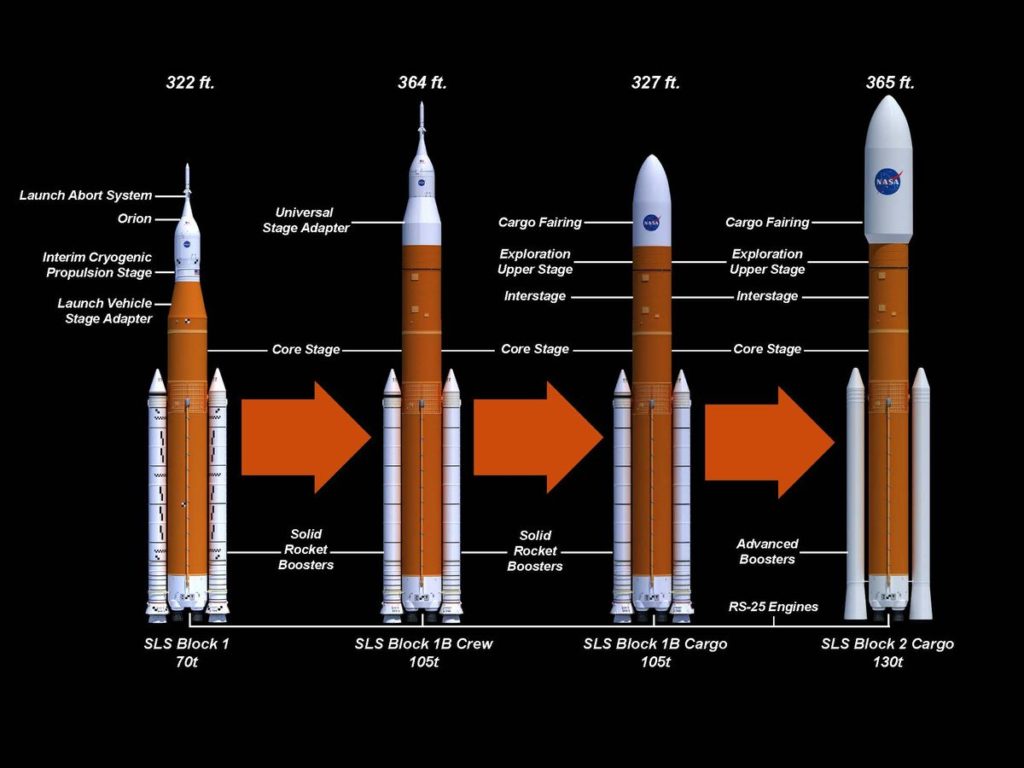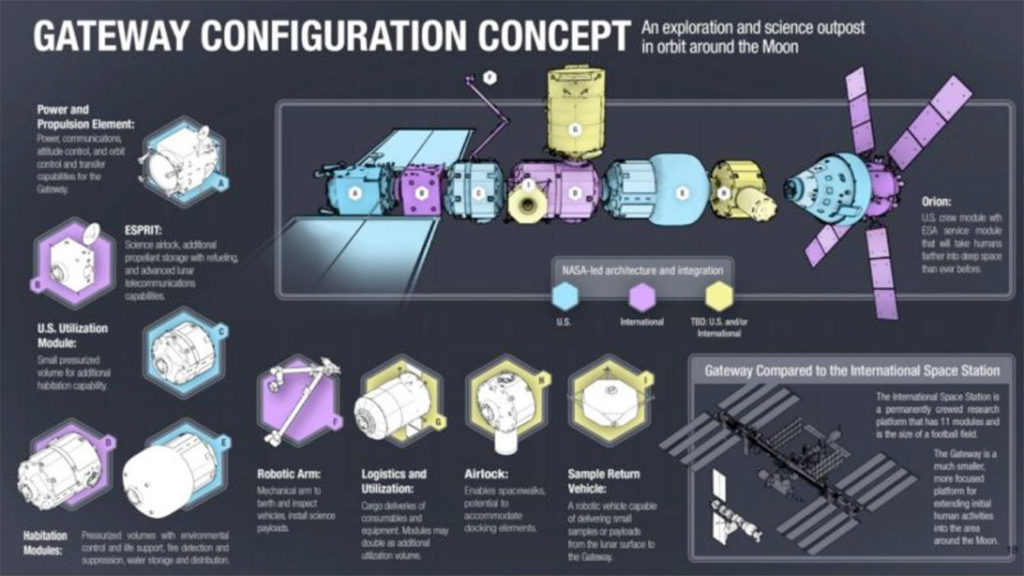Is it possible that NASA’s approach to space exploration is wrong? They are the only organization to send humans beyond low earth orbit (LEO) and have sent probes far out of the solar system. In today’s current environment, one could argue that their approach is outdated and a waste of resources. That is a bold statement and will meet a lot of resistance. However, one must be critical and ask probing questions if an organization wants to improve.

Credit: NASA
Why is their approach outdated? When NASA was first formed, no organization in the United States had the knowledge or bank account to develop rocket and space technology. It took about 5% of the nation’s budget to get a man to the moon. It was necessary for them to build new technology from the ground up. Today is different. Private companies can now launch substantial payloads into space with a significant reduction in cost. SpaceX can return rocket boosters back to Earth and reuse them for later launches. So, why does NASA want to develop a whole new rocket? Yes, it will be the most powerful rocket ever built (for now). That is only because of the payload that it plans to launch. Massive amounts of power must be produced to move payloads necessary to support deep space human exploration beyond LEO. If one thinks about it, NASA is reinventing the wheel. They have done this before. The private sector is doing it now. NASA should, and is, leveraging the private sector for LEO. Instead of expending scarce resources to develop a whole new rocket, NASA should be doing what it did in the early parts of the space race. They should be imagining and developing the technology that has not been done before. What is that you may ask? If our goal is to send humans beyond LEO, NASA should focus on designing a long term infrastructure in space. They should develop spacecraft that will act as ferries between LEO, Mars, and the Moon. If we want to be a space-faring civilization, we need to stop bringing everything back to Earth and keep permanent infrastructure in space.
How would a permanent infrastructure in space work? Imagine this scenario. The first humans are returning to the moon. They launch atop a Falcon 9 rocket in a Dragon capsule. In LEO, they meet up with a spacecraft capable a ferrying them to the moon that was assembled over the past year utilizing the Falcon Heavy launch system or other commercial space vehicles. Next, they begin their transit to the moon where they meet up with their reusable lunar lander which was delivered previously by the same space ferry. Once there, the astronauts transfer to the moon lander, conduct their surface mission, and return to the orbiting space ferry. They then return to LEO where a Dragon capsule is waiting for them with a new crew ready to swap out. Meanwhile, fuel and resources are placed in LEO and LMO to conduct the next mission and maintain the infrastructure.
This permanent infrastructure accomplishes two big goals: cost reduction and accessibility. Cost is one of the most significant factors limiting space exploration. By keeping a space ferry and lunar lander permanently in space, NASA would only have to provide the upfront cost to build these two vehicles. After they are already in place, NASA would only have to provide funding to get astronauts into space and maintaining the spacecraft. In the long term, this would dramatically reduce the monetary load for NASA. They would no longer have to build giant rockets and a new lander every time they wanted to go to the moon or other distant objects. The savings could then be used to develop more ferries or landers, increase the frequency of lunar trips, or go towards permanent lunar settlements. This system also provides greater accessibility to the moon for NASA and other entities. Since NASA would have the capability to shuttle things to the moon, they can sell rides to private companies or other space agencies. These companies or agencies would be able to save a lot of money because their spacecraft would not need to be designed actually to get to the moon. The weight that would have been designated for propulsion and fuel could be used for other design futures since they are catching a ride on NASA’s space ferry.

Credit: NASA
If we truly want to explore space, permanent infrastructure is absolutely necessary. NASA’s Artemis program is a step in the right direction. The Gateway concept is designed to have a permanent facility between Earth and the Moon. However, they will still be relying on expensive trips from the SLS system to get people and equipment there. NASA should be going away from designing massive, non-reusable rockets and focus on building that long term infrastructure. NASA would contract out lifts to private companies to get their astronauts into orbit. If NASA were to design a space ferry, they would potentially have a source of revenue by carrying other agency’s or company’s spacecraft to the moon. In the long term, this would reduce the cost for a trip to the moon for everyone and can have a recursive effect and keep driving cost down. If our goal is to be a multi-planet species, the cost of everything must come down, and this could be one way of doing it.
Disclaimer: Exoplanet Earth receives compensation for products that are linked on this page. 10% of all revenue from this site will go to the Planetary Society!
